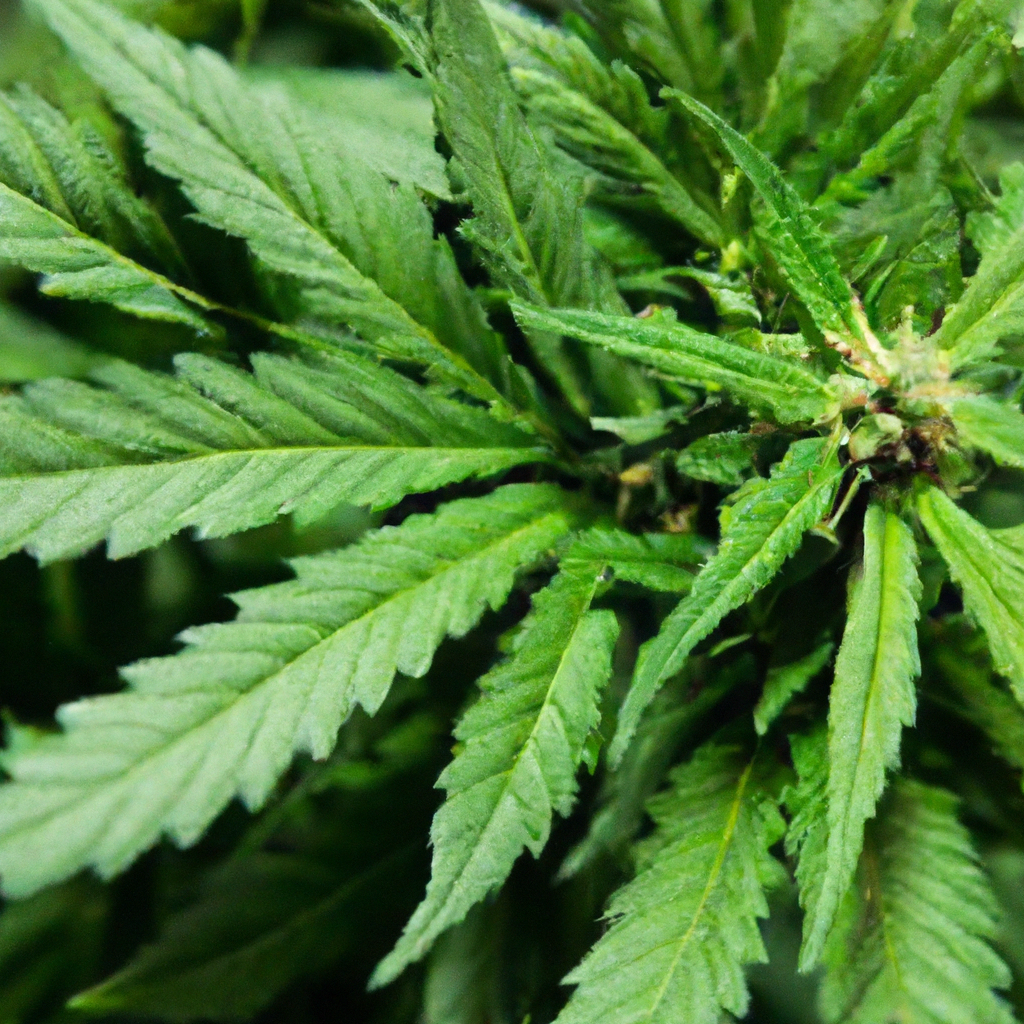By John “Magic” Greenleaf – “Growing greatness, one strain at a time.”
In the ever-evolving world of cannabis cultivation, embracing sustainable practices is no longer just an option; it’s a necessity. As the industry grows, so does the responsibility to cultivate in a way that respects the environment. From high-altitude growing challenges to the benefits of organic cultivation, today’s cultivators have a wide array of techniques to choose from. Let’s explore some fresh insights into sustainable cannabis growing.
Embracing Organic Cultivation
Organic cultivation is a cornerstone of sustainable growing practices. By avoiding synthetic fertilizers and pesticides, cultivators can protect local ecosystems and promote a healthier plant environment. It involves using natural amendments such as compost, worm castings, and organic mulches to enhance soil fertility.
Benefits include:
- Improved soil structure and biodiversity.
- Reduced risk of chemical runoff and contamination.
- Enhancement of natural terpene profiles, offering unique flavors and aromas.
Innovative Energy Solutions
Growing cannabis sustainably often hinges on energy efficiency. Traditional grow operations can be energy-intensive, but leading innovations like high-efficiency LED lights and automated environmental controls can cut consumption significantly.
Simple steps to improve energy efficiency:
- Switch to LED grow lights to reduce electricity usage by up to 50%.
- Implement solar panels for renewable energy sourcing.
- Utilize timers and sensors to automate lighting and watering schedules, minimizing excess use.
Mastering Water Efficiency
In areas such as Colorado, where water conservation is crucial, maximizing water efficiency is vital. Techniques like drip irrigation systems can save water by delivering it directly to the root zone, minimizing waste and evaporation.
Here are some tips:
- Use organic soil amendments to increase water retention.
- Implement greywater systems to recycle water from non-potable sources.
- Monitor soil moisture levels with sensors to optimize watering schedules.


Leave a Reply